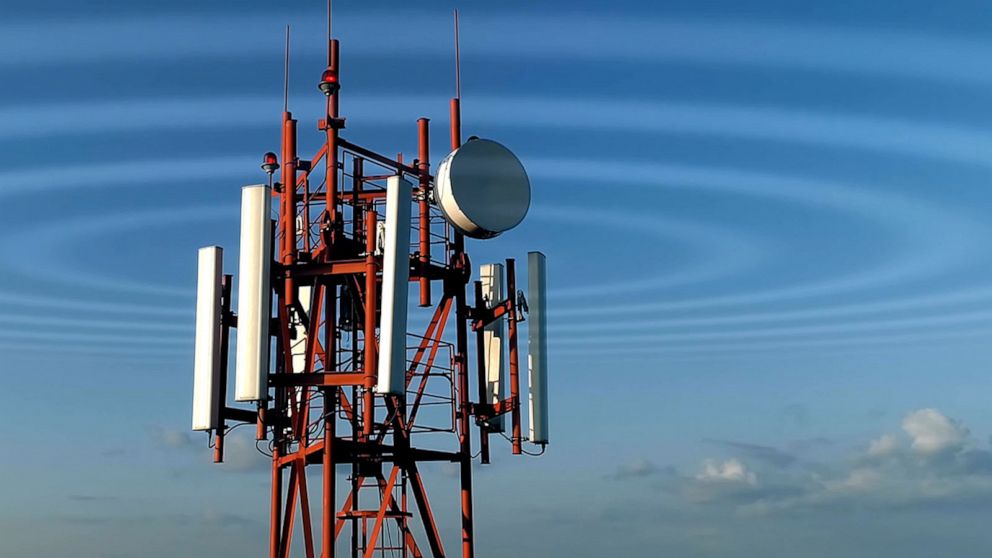If you've ever wandered through a town and spotted tiny 5G cell towers placed on poles for street lighting. what is a safe distance from a 5g cell tower look like little boxes however, they're actually transmitting wireless signals from cellular providers to your phone.
safe distance from cell tower are being replaced by the larger specially-designed cell towers. Although they're not as visible however, they could create problems for those who live nearby.
It is the FCC's Radiation Exposure Thresholds
The FCC's Radiation Exposure Thresholds establish the safe limit at which one can expose to electromagnetic radiation from wireless devices. The limits for exposure are based on scientific data which show that the energy of RF could be harmful to human health.
safe distance from cell tower (SAR) is a measure of the radiofrequency energy that is absorbed by tissue. It is typically 1.6 milliwatts per kilogram averaged over one kilogram of tissue.
But, since 5g operates at higher frequencies this could be able to create more energy on the skin and other exposed body areas. This could lead to various possible harms, such as an increase in development of skin diseases such as dermatitis, cataracts, and skin cancer.
Due to the potential for severe effects of 5g radiation, PSU has chosen to create a general limits on power density, which is 4mW/cm2 based on the average over 1 cm2, and never exceeding 30 minutes for all 5G services running at 3000 GHz. This limit for localization is in line with the peak SAR spatial-average of 1.6 W/kg, averaged over one grams of tissues at six GHz.
The FCC's Maximum Exposure Thresholds for Maximum Exposure
If you've ever used a mobile phone, then you're aware that the safest range from the tower should be at least 400 meters. This is because the power of the transmission of a cell tower increases dramatically the further you are from it.
Although this may sound like an ideal idea but the truth is that people who live close to towers could be more susceptible to health problems. For example, a study from 2014 in India discovered that those who lived within 50 meters from cell towers suffered much more health problems than those who were distance from them.
This study showed that residents who moved into areas farther away from the cell towers saw their symptoms improve within a couple of days. Another study has demonstrated that exposure to extreme levels of radiofrequency electromagnetic fields (EMFs) can cause brain tumors, cancers and other health issues.
This is due to the fact that radiofrequency radiation, which is used for wireless communication, has the ability to penetrate the human body's outer layer, the skin. This is important to understand since the skin functions as a protective barrier against injury to the body, infection from pathogenic microorganisms, as well as entry of toxic substances. It is also the largest organ in the human body, and is responsible for maintaining the integrity of other organs.

The FCC's Minimum Exposure Thresholds for the Minimum Exposure
The FCC's Minimum Exposure Thresholds rely on several assumptions that are not supported by scientific research. This includes the false assumption that short-term exposures to RF radiation are safe due to minimal radiation penetration in the human body (i.e. thermal heating of tissue).
This assumption does not take into account the greater penetration of ELF components of modulated RF signals and the consequences on the body of short bursts from pulsed RF waves. These theories are not compatible with current knowledge of the biological effects of RF radiation. Therefore, they should not be relied upon for health-protection exposure guidelines.
Additionally to that, ICNIRP and FCC limit their maximum exposure limits to local peak SARs that are based on the peak frequency of absorption (psSAR) which is not a sufficient dosimetric tool to assess the amount of radiation exposure. In particular, psSAR is inaccurate when frequencies exceed 6 GHz. Furthermore, psSAR has not been tested for RF radiation that is exposed to other agents of the environment such like sunlight. Interactions of RF radiation and other agents in the environment could result in antagonistic or synergistic impacts. This would result in an increased risk of adverse health adverse effects. For instance, exposure to RF radiation and sunlight could increase the risk of developing skin cancer, and may also exacerbate other skin disorders, such as acne.
